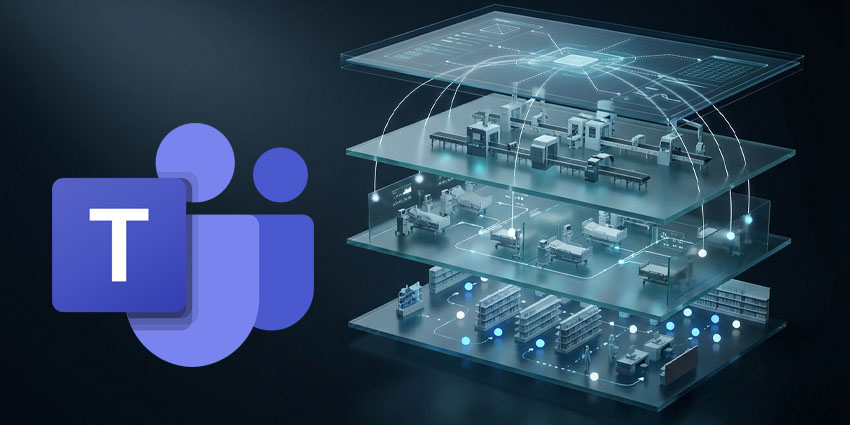The BYOD movement raised important concerns about using personal devices in an always-on organisation setting. Security, performance shortcomings, poor durability, and battery degradation are just a few of the drawbacks to leveraging consumer devices in the workplace.
As a result, many companies are turning to complete mobile options that include rugged, enterprise-ready devices to handle communications in always-on retail, healthcare, and other enterprise environments. End-user convenience, along with the need to increase productivity, is driving growth in the global enterprise mobility market, which is forecasted to exceed $1,225 Billion by 2026, according to Research and Markets.
What important factors should organisations consider when looking to enterprise mobility?
Beyond the devices, companies need solutions that integrate with existing platforms, creating a unified experience.
Following are 5 things to consider in assessing a mobility solution for the enterprise environment.
1 – Productivity
When an enterprise mobility device fails, the average user loses 80-85 minutes of productivity. Marrying the right functionality to an acceptable form factor is an important element to assess. A longest-lasting device isn’t the best option if it’s too clunky or fragile for end users, for instance. The right solution should be:
- Easy to carry for 10-12 hours
- Have a battery that can last at least 8 hours
- Be hot-swappable to extend uptime
- Capable of consistently facilitating crystal-clear voice calls
With an effective mobility solution that’s built to empower productivity on-the-go, nurses, for example, are no longer tethered to the nurses’ station, which ends up improving the patient experience and saving miles of steps each day.
2 – Performance
While consumer devices might initially appear like a more attractive mobility option due to the lower price point, they’re not built to run 24/7 and will need to be replaced more frequently—about every 24 months.
Additionally, statistics show that use of enterprise-grade versus consumer mobility devices in healthcare settings can increase face-to-face patient care by as much as 100-150% during an average nurse’s shift. However, it is important to ensure the right hot-swappable device options are available to help achieve this.
3 – Durability
Enterprise environments demand rugged devices. In high-volume and always-on industries like healthcare and retail, phones and tablets are likely to be dropped multiples times per day. Rugged devices are built to withstand this heavy use. Consumer devices, on the other hand, typically, can’t handle more than six months of constant use.
4 – Management

Most companies focusing in on enterprise mobility are looking for ways to better navigate the growing array of technology devices and endpoints. Robust enterprise mobility management (EMM) or mobile device management (MDM) solutions provide centralised mobile access of these devices to monitor, control, and protect critical business data across all touchpoints.
This allows retailers, for example, to enable store associates with collaboration tools and data to better serve their clients. For this reason, it’s important that organisations look for proven and tested devices that work within the EMM/MDM platform. This helps associates collect and share retail insights.
5 – Support
Having resources in place to keep tabs on enterprise mobility device and solution performance is essential. A smart solution offering added visibility and analytics can help to identify issues like higher than expected battery drain, which could indicate use of poorly designed apps. These insights can be used to ensure mobility solutions deliver the highest productivity possible.
Selecting the best enterprise mobility solution is not a decision to be taken lightly. Companies achieving the most notable outcomes in the enterprise mobility game evaluate and ensure they have right devices that match the needs of their enterprise environment.
Guest Blog by Stacey Brooks, Director of Solutions Engineering, Spectralink
Stacey Brooks, MBA is Director of Solutions Engineering at Spectralink Corporation, a leader in enterprise mobility solutions. He draws on an over 20 year history in information technology, unified communication, services, and consulting.







